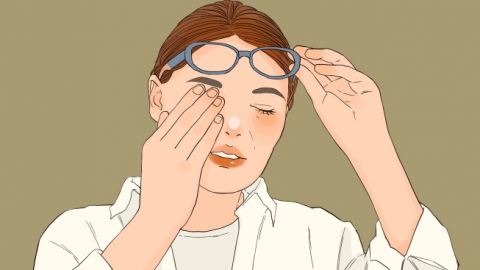What is Snow Blindness?
Generally speaking, snow blindness refers to photokeratitis. Photokeratitis is a temporary vision impairment condition usually associated with ultraviolet (UV) light exposure or light reflection. If symptoms are severe, medical attention is required. A detailed explanation is as follows:

Photokeratitis is a type of vision damage caused by prolonged exposure to UV light or reflective surfaces such as snow. When intense reflected light enters the eyes beyond their capacity for adjustment and tolerance, it can cause eye pain, tearing, photophobia, blurred vision, eye redness, and other symptoms. More severe cases may even lead to eyelid spasms. However, these symptoms are usually temporary and generally subside gradually once the individual promptly removes themselves from the bright light environment.
If the photokeratitis is more severe, it is important to use appropriate medications under a doctor's guidance, such as erythromycin eye ointment, ofloxacin eye ointment, or oxytetracycline eye ointment. Additionally, cold compresses can be applied locally, such as using a cold towel or ice pack, to promote blood vessel constriction and alleviate adverse reactions.
It is important to note that to prevent recurrence of photokeratitis, wearing sunglasses when outdoors is recommended to provide protective benefits. Additionally, maintaining good eye hygiene and avoiding frequent rubbing of the eyes with hands is advised to reduce the risk of infection.




